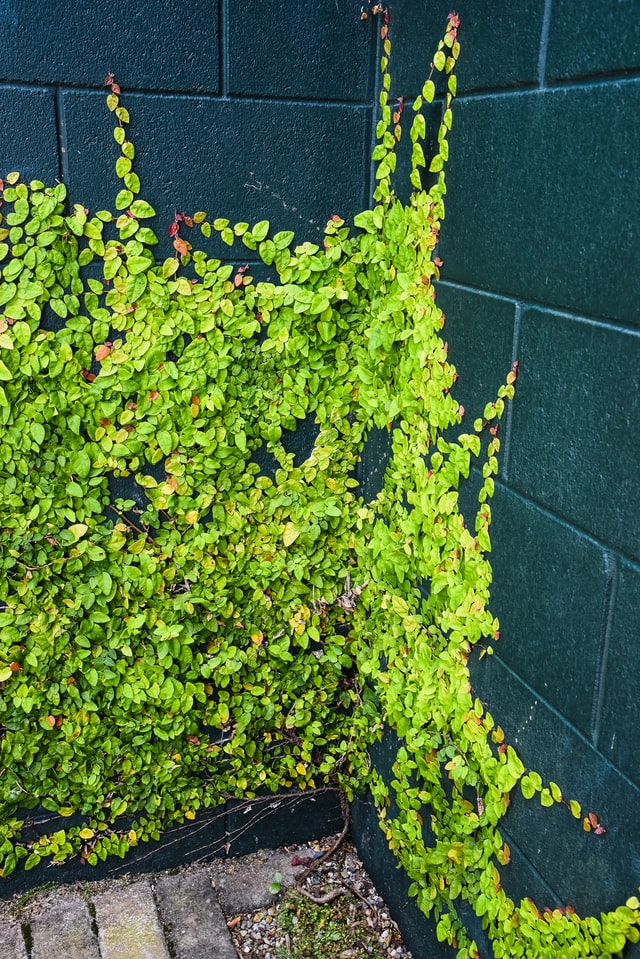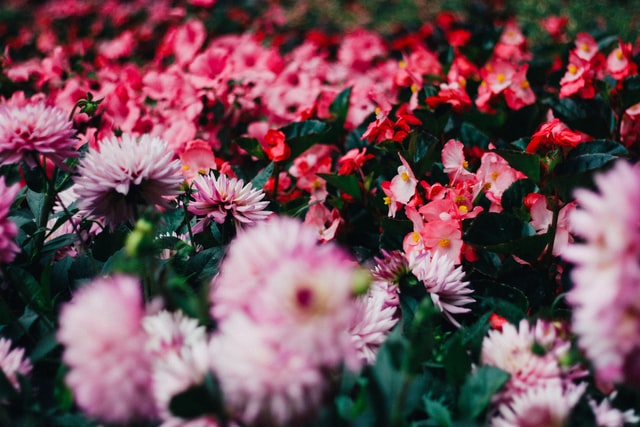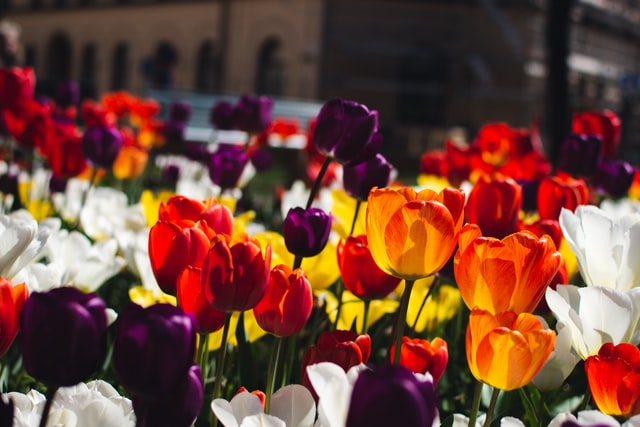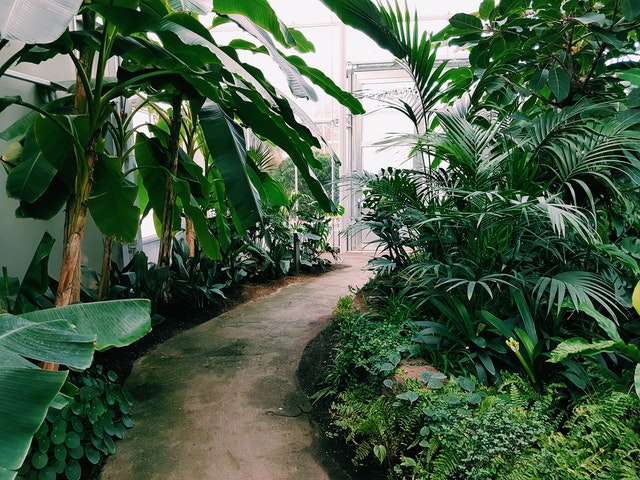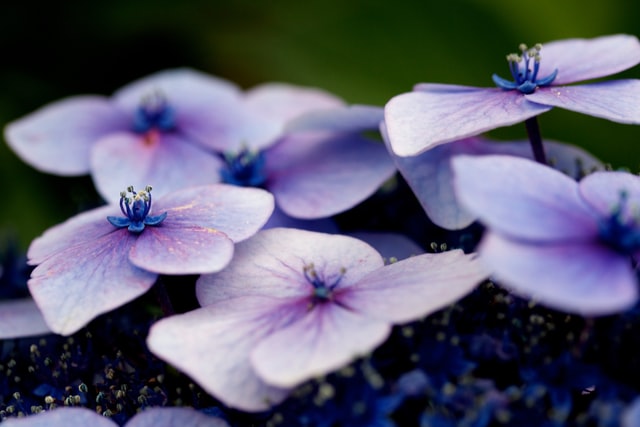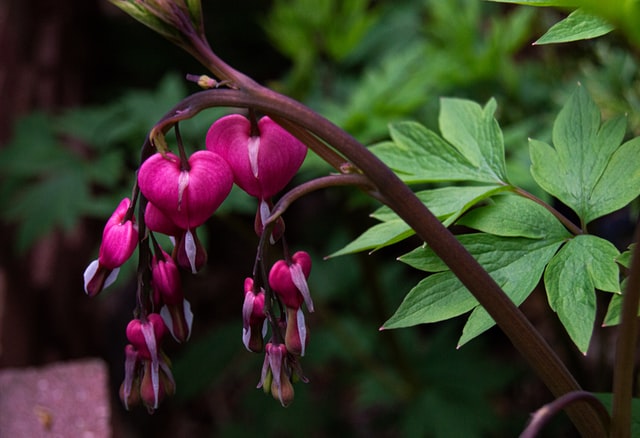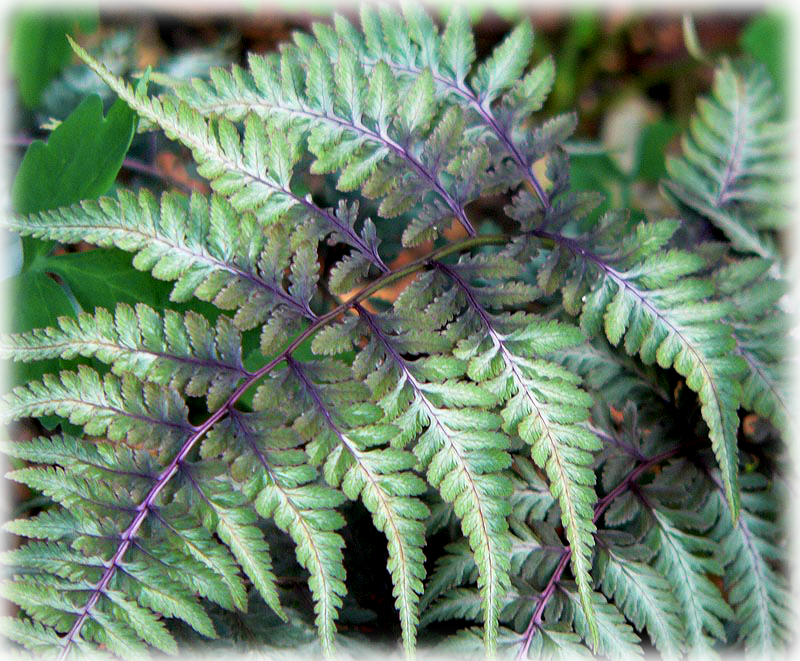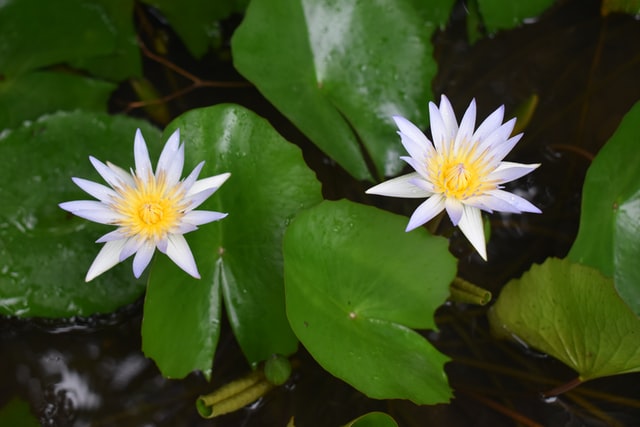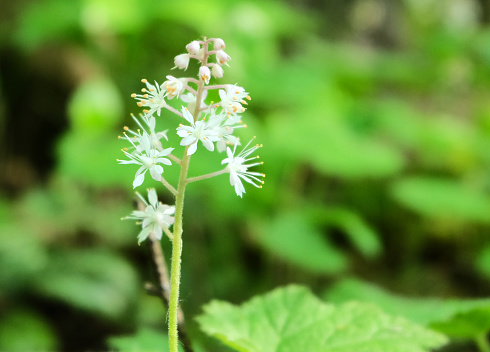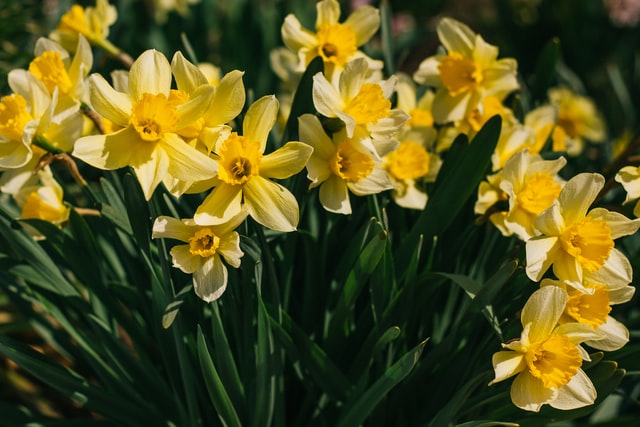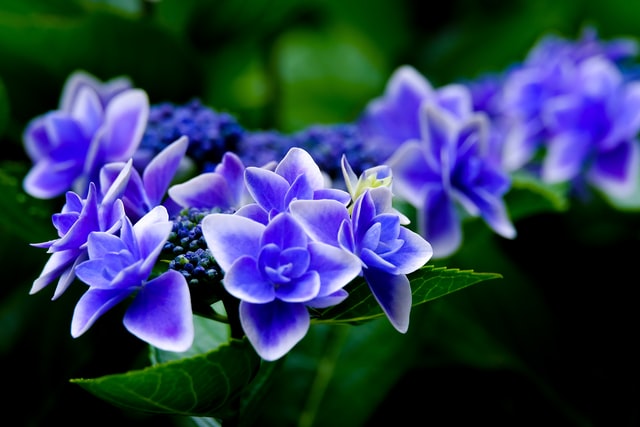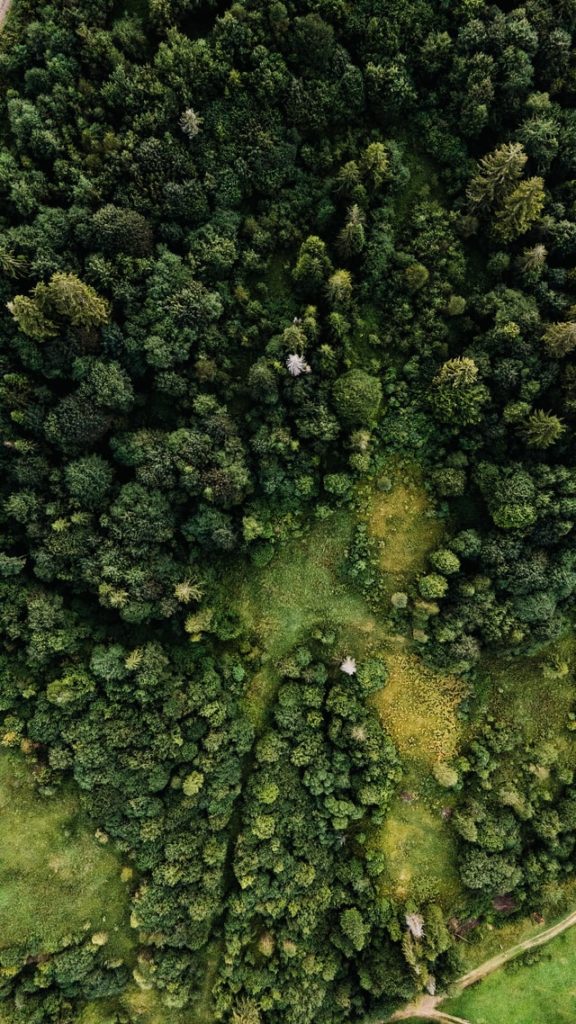For a perfect circular tree ring, loosely tie a string to the trunk about 12 inches off the ground, extend it out the desired distance and, keeping the rope taught, walk around and mark your line. You can also use the shovel’s handle as your ruler, laying it down, identifying the distance out on the handle, and repeating around the tree.
Keep reading the article to avoid damaging your trees and enhance your property’s look with well-formed flower beds.
Okay, so, what is so challenging about Flower beds?
Creating flower beds on the bare or weedy ground around trees can seem like an efficient use of space, but establishing successful beds over the long term is challenging and shading the plants below them. In addition, trees have roots that grow close to the soil surface and compete with those plants for water and nutrients.
Another problem flowering plants under trees may face is growth-inhibiting. for healthy trees and flowering plants, avoid damaging tree roots and grow flowering plants that tolerate the challenging conditions.
